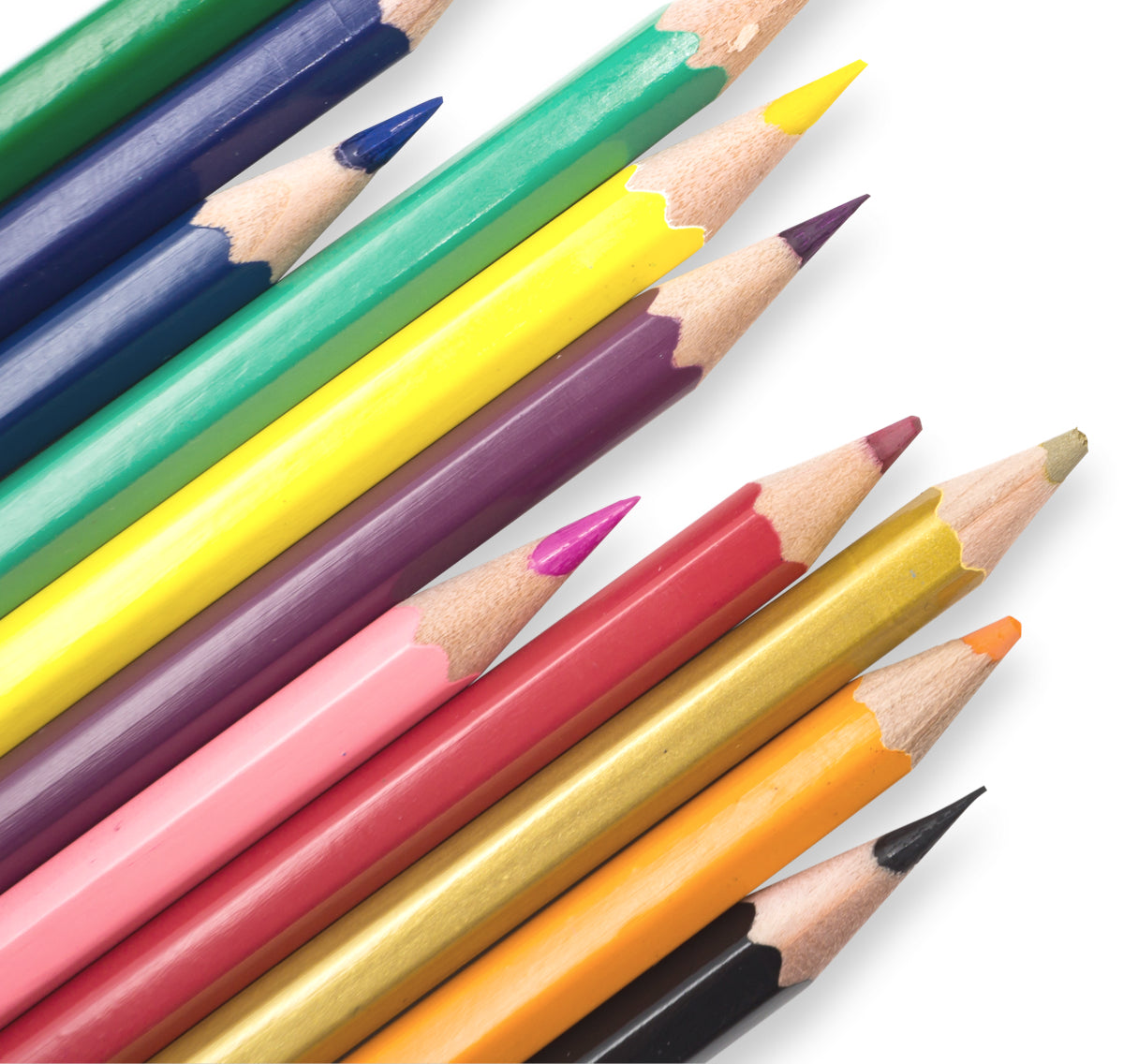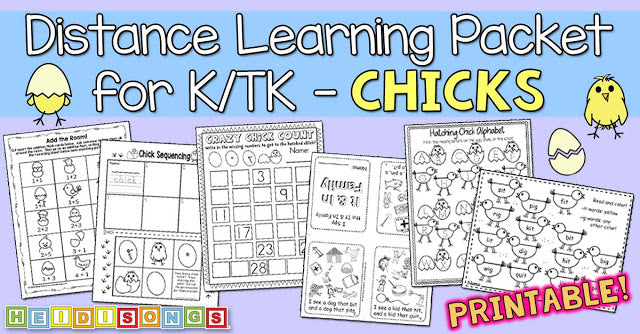
In this post, I am going to tell you eight great ways to teach kids to read words with long vowel sounds! I have been working hard at this with the intervention kids this year in my second grade class, and we have really been enjoying some of these activities! The great thing is that the techniques are not only fun, but very effective as well!
It does feel a little bit strange to know that I have done many of these activities with my advanced Kindergartners in the past, and yet here I am again doing them in second grade. Yet childhood is truly a journey, not a race. Many of these sweet children have not had as many advantages as some that I have had in the past. And others in my intervention group are probably just late bloomers or had their learning experiences delayed for one reason or another. (They are not all in my homeroom class; at my school, we switch kids for intervention classes.)
In any case, what I have is a group of 12 second grade students that often GUESS at words rather than decode them, and this happens with CVC (consonant-vowel-consonant) words and long vowel words alike. So, simple words like “met” might be read as “meet,” and a word like “kite” might be read as “kit” or visa versa. So that is what I am working to correct, and these are the things that I am doing to help.
SING the PHONICS RULES!
I can’t say enough about how important it is to include music and movement as an intervention for children that are struggling! We have been working through the Sounds Fun Phonics Songs with this group, and LOVE them! Well, MOST of the kids love them! A few of them are a bit reluctant and self-conscious to sing and move, which is a shame. The songs REALLY seem to make a difference, though. I am constantly reminding those that are reluctant to participate that we do this because it helps them LEARN, and that their job is to sing and move along so that they will remember. (P.S. The new animated version of this DVD includes a Sound it Out section!! See the second video below!)
Harness the Power of MNEMONICS
I use the Sounds Fun Poster and the movements with the children EVERY SINGLE DAY. I took the download for the Sounds Fun Cards and put it onto a Powerpoint presentation, and have the children first go through all of the sounds, making the motions as they say them. Then after that, I have slides with all of the vowel pairs WITHOUT the Sounds Fun pictures on them to drill the kids on these. So, they would have to say the sounds of just the ee, ou, ay, ea, oa, ai, ow, etc., with none of the Sounds Fun picture cues to help them out.

Look for and Highlight the Chunks
I think it’s important to get kids to focus on the exact letters that they see in the words and what those letters say. One way to do that is to get them to find and highlight the chunks! So I laminated the flashcards from my Sounds Fun workbooks and had the kids look for and circle the vowel pairs and chunks. After they found them, I had the kids read the words to me. Of course, nobody had any trouble reading the words to me because the picture of the word was right there!



Chunk, Blend, and Match the Words with Pictures
Another activity related to the one above is to look for the chunks and then match up the words with the pictures. My kids REALLY loved this activity! After they matched the words with the pictures, they were to call me over and read the words to me. After that, I gathered up the picture cards, and had them read me the words WITHOUT the picture cards right next them. That’s a good challenge for them!

Mixed Dictation Practice
One activity that really helped “separate the men from the boys” was having the kids practice dictation on white boards, but with sentences that included both long and short vowel words. I gave them sentences such as this: “I stare at the star,” or “I got the goat.” It took them a couple of weeks with this type of practice before it began to sink into them that they couldn’t spell words like “can” and “cane” exactly the same way! They would write their sentences and then I would ask them to read the sentences back. Many were SHOCKED when they read them back and found that they were not as they expected! 

Sticky Note Word Sorts
I have always thought that sorting words was an excellent way to help kids “notice” the differences between one word and another, particularly when comparing spelling patterns. However, those cards can just land ALL OVER the place! So I thought I would try to just have them try it on sticky notes! I managed to print out the words on small sticky notes without any problem. And it was actually a very good activity for them! I had them sort by Bossy E word vs. Short Vowel. And they LOVED it! However, there is no question that it does take time getting all of the printing done. If you would like to try it, I’m including the master as a freebie for you here today!


Word Building
Word building activities of all kinds are extremely valuable, so it is no surprise that it would be a wonderful thing to have kids build words when learning to decode long vs. short vowels, right? I have a Sounds Fun Word Building Kit that I use to help bridge the gap between the sounds represented by the pictures on the cards and writing. My high kids in Kindergarten ABSOLUTELY TOOK OFF with this activity, but I found that with my intervention kids in second grade, they really needed me to lead them through it. I had to suggest words to them and help them think of how to spell them.

This is a great activity for them, but I would suggest narrowing it down so that they only have a few of the cards at a time rather than a whole set if the children are struggling, because it can be overwhelming to have so many cards on the table to choose from.

Fluency Practice
Next week, we are going to start practicing with some fluency charts that include both long and short vowel words on them, and see if the children can get a baseline time and then try to improve their reading rate. I used to do this all the time in Kindergarten with simpler CVC words, and I really think that these “RAN Boards” (Fluency charts) are a wonderful tool! Visit this blog post here for more info on my RAN board for CVC and a FREE download of this chart!!

Well, that’s about it for now! How do you teach long vowel words? Do you have any ideas that really work? Let’s hear it! 
-Heidi
———————————-
Follow me! Did you enjoy this post? Do me a favor and share it with your friends! And follow this blog by signing up email updates, or follow on Bloglovin’, or follow me on TPT! I’m also on Pinterest, Facebook, Twitter, Instagram, Google+ and YouTube, too! Don’t forget to sign up for our email newsletter (on the left sidebar) for special deals and promo codes that you won’t find out about anywhere else.
















